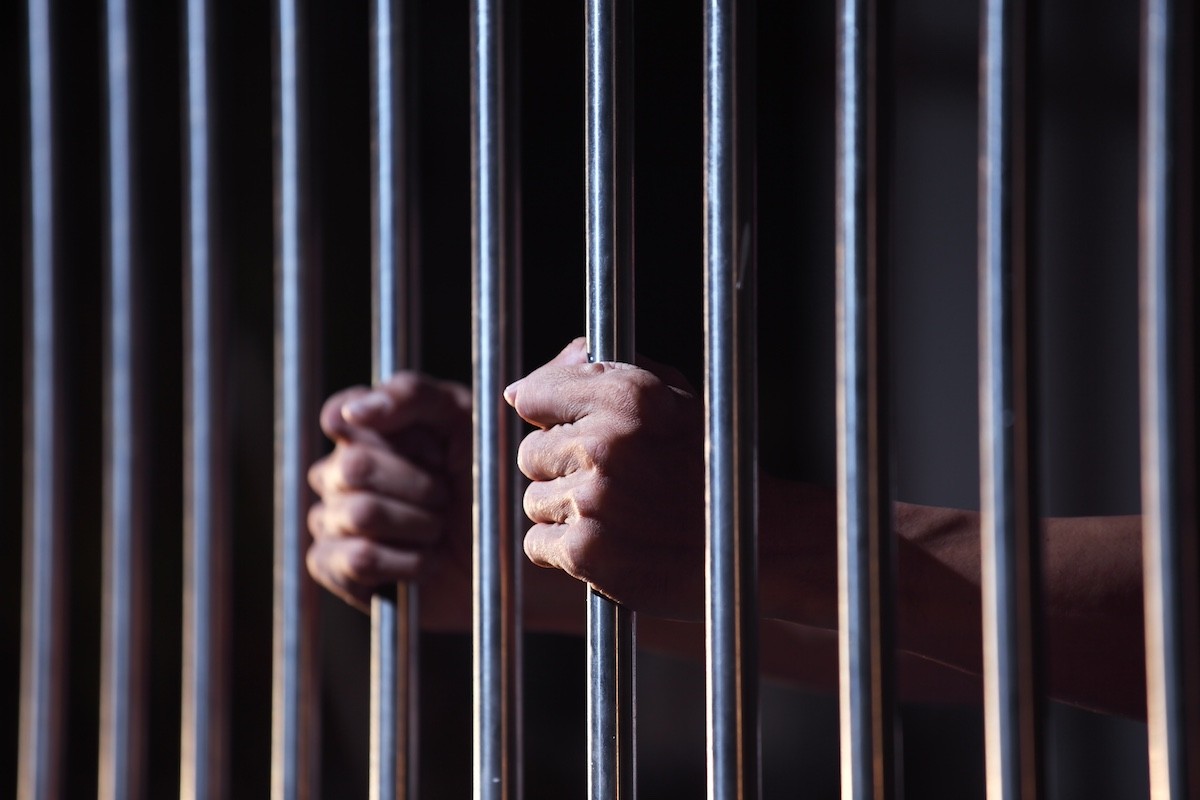“That is the island of Imrali. There is nothing but a prison on that island. They only are having one prisoner there. You know we don’t have terrorism here? They caught the only terrorist and put him there. All by himself. Now everyone is safe.”
That’s the story we got from our tour guide in Turkey. One need not be trained in ferreting out propagandistic bullshit to recognize that something about it doesn’t ring true. Tour groups don’t attract a lot of critical thinkers, or at least not many who are so impolite as to not keep our mouths shut when we hear something outlandish. So perhaps it was social graces that kept me from cross-examining our poor guide. Or perhaps it just wasn’t shocking enough to ask about.
Curiosity eventually got the better of me, so I looked it up. There was in fact a lone prisoner on the island of Imrali. He still lives, though not in total isolation. His name is Abdullah Öcalan. Whether or not he is a terrorist is, uhm, debatable in the way that the legacy of Che Guevara, Yasser Arafat, or even Ataturk is debatable. Öcalan was at one time a leader of Kurdish militants, and became what we might call an anarchist, in the sense that he believes that the state is inherently oppressive and should be abolished. He was tried and convicted of treason in 1999. The reader’s attention span and my own capacity to retain information prevent further discussion of Öcalan’s life and times, but if you’re looking for more reading on a truly fascinating character, it’s out there.
Öcalan was sentenced to death, but when Turkey abolished the death penalty in 2002, the sentence was commuted to solitary confinement. Very solitary. So solitary, in fact, that he was the only prisoner on the island of Imrali for ten years. In 2009, Öcalan’s captors moved other prisoners to Imrali, initially allowing them to spend ten hours a week together. They also gave Öcalan a TV. These changes apparently resulted from pressure by the Council of Europe’s Committee for the Prevention of Torture and Inhuman or Degrading Treatment or Punishment.
For most of our history, that sort of treatment wouldn’t have been tolerated in the U.S., either (at least not out in the open). Long-term isolation of prisoners, though technically allowed since the 1790s, was a tactic rarely used before the late twentieth century, mostly because the courts and the general public perceived it for what it was: an inconceivably inhumane practice. As far back as 1890, the Supreme Court overturned a prisoner’s death sentence because his long-term solitary confinement was considered unconstitutionally cruel.
Solitary as we know it continued to be widely condemned until around the 1970s, when the drug wars, and a resulting wave of prisoner litigation, gave the courts opportunity to visit the issue over and over. At first, courts continued to decry solitary confinement, if not in very strong terms. As late as 1978, the Supreme Court held that even short-term solitary confinement “serve[d] no rehabilitative purpose.”
But something extraordinary happened in the wake of the mass incarceration crisis following the drug wars: prison officials simply ignored public outcry—and the courts. There were so many prisoners to manage, so many bodies to warehouse, that putting even a substantial number of people in solitary for months at a time didn’t catch attention like it used to. The problem was just too big to control, even from the hallowed halls of the high court. When violent revolts (inevitable in the overcrowded prisons of the post-Nixon era) became a bigger story than prisoner treatment, public sympathy for incarcerated people waned. Incarcerated people could be held in total isolation for months, even years, without engendering the ire of the public. Prison administrators didn’t much care what the courts had to say about it; they just kept on putting people in boxes and daring anyone to stop them. And so over time, the courts bowed to systemic pressures and upheld even the most monstrous examples of solitary confinement.
Today, it is a common practice of many facilities to keep people locked up alone for twenty-three hours a day, often with no human contact, no reading material, no natural light, and barely any amenities. We take this kind of punishment, considered outrageous 200 years ago, as a standard, even necessary, side effect of the carceral state, justified by even the slightest perceived infraction. Incarcerated people have been put in solitary for failing to make their beds properly, for mouthing off to guards, and, as seen in at least one New York case, for eating the wrong parts of an apple. Judges and juries don’t decide to put someone in solitary; that decision is usually left to the discretion of ordinary prison guards. Solitary affects everyone, from the tall to the small—misdemeanor offenders can get it just as often as people convicted of felonies—and in any institution. As we have come to discover more and more over the years, the effects of solitary on any person’s psyche are profound. Even a month without human contact can result in serious long-term harm, and it is not unusual for incarcerated people to spend years—even decades—in near-total isolation.
In contrast, Öcalan was probably never completely cut off from humankind. During his first ten years on Imrali, there were around 1,000 Turkish military personnel on the island. He was at least in regular communication with his lawyers, and was able to make regular public statements through them. Öcalan also lucked out by being in an EU member state, and not just because of the commutation of his death sentence. Here, there is no “Committee for the Prevention of Torture and Inhuman or Degrading Treatment or Punishment,” or anything like it, that might investigate and interview incarcerated people about their living conditions. Post 2009, his access to the outside world seems exponentially better than Americans in “Special Housing Units.” And a TV? That’s positively posh.
Still, 10 years of solitary? That’s enough to make the average human brain into oatmeal. And yet, a mere decade of torture is no big deal by American standards. Thomas Silverstein did 36 years of solitary in federal prison. Albert Woodfox, one of the “Angola Three,” spent an unthinkable 43 years in a Louisiana isolation cell. And Kalief Browder — a child —spent more than a year in solitary in an adult jail despite never having been convicted of any crime. Remember, these are American citizens we’re talking about. We don’t really know what the ceiling is for foreign “combatants” kept in storage containers by the U.S., here or overseas. Dozens of prisoners whose names you’ll never hear will die on our watch every year having done far more than a decade of solitary. Öcalan got off comparatively easy. Hell, had he been convicted in America, where we’ve managed to retain the death penalty more than 20 years after Turkey abolished it, he might be dead already.
In sum, I am more or less unbothered by Abdullah Öcalan’s extensive isolation. I am somewhat bothered, however, by the fact that I am unbothered by it. What might it say about American’s criminal legal system — or those of us who participate in it — when we can compare it to ten years of solitary confinement on a Turkish island prison and say “eh, that doesn’t sound so bad?”






